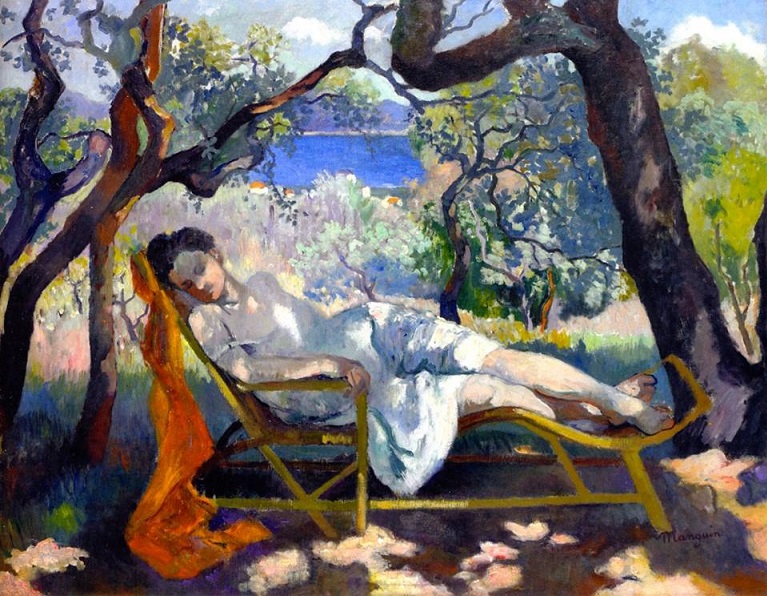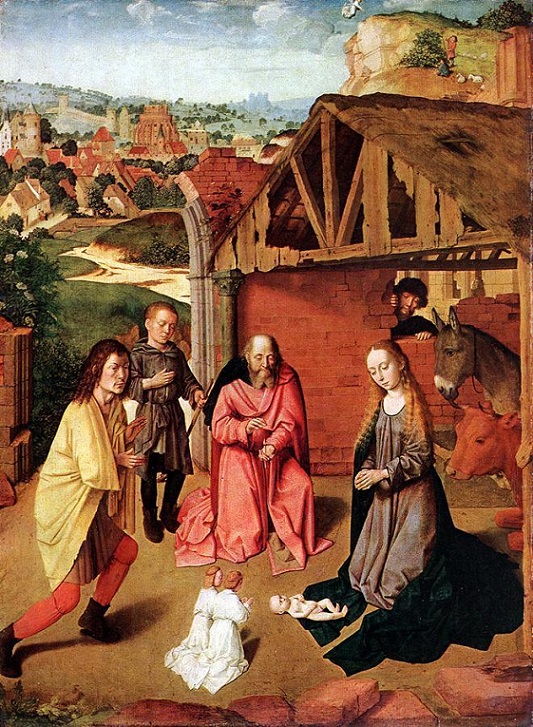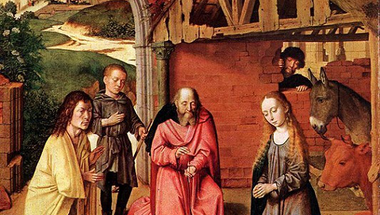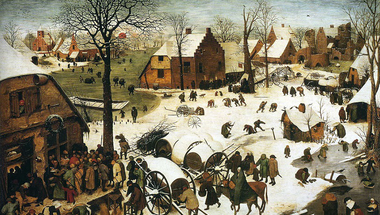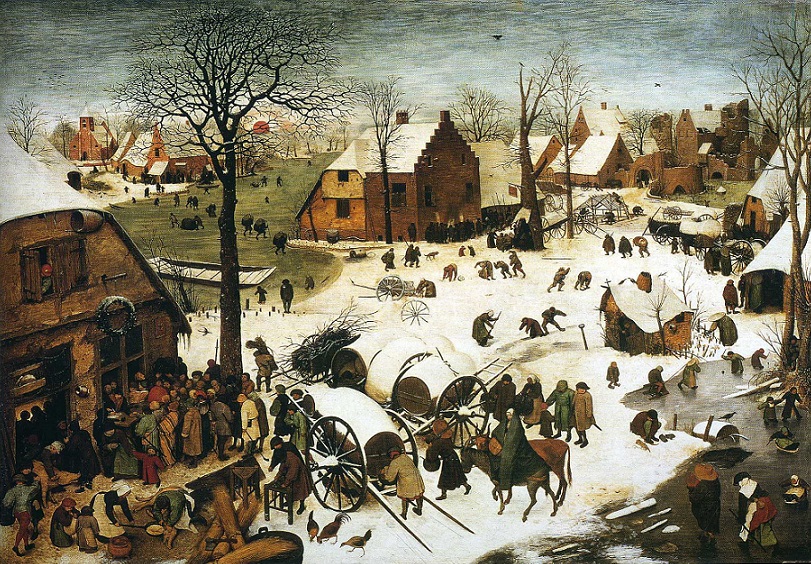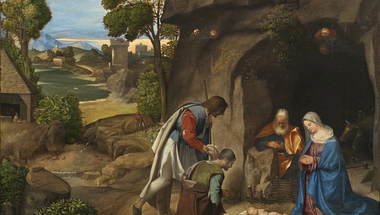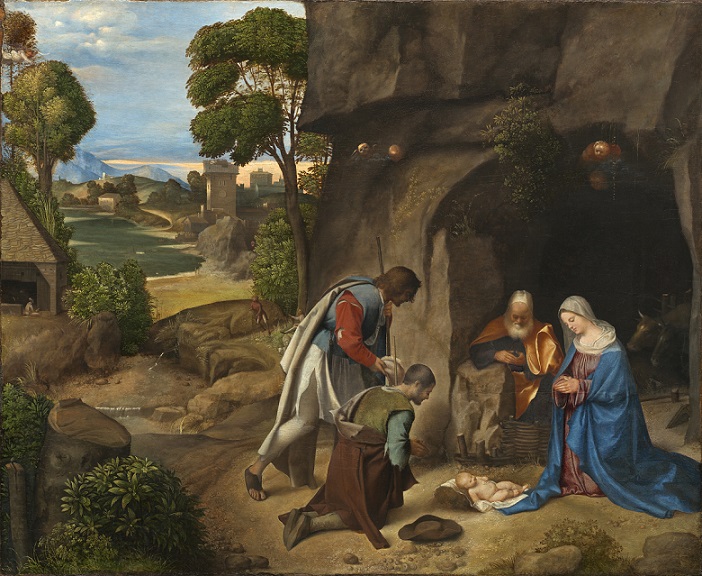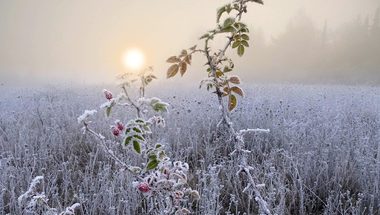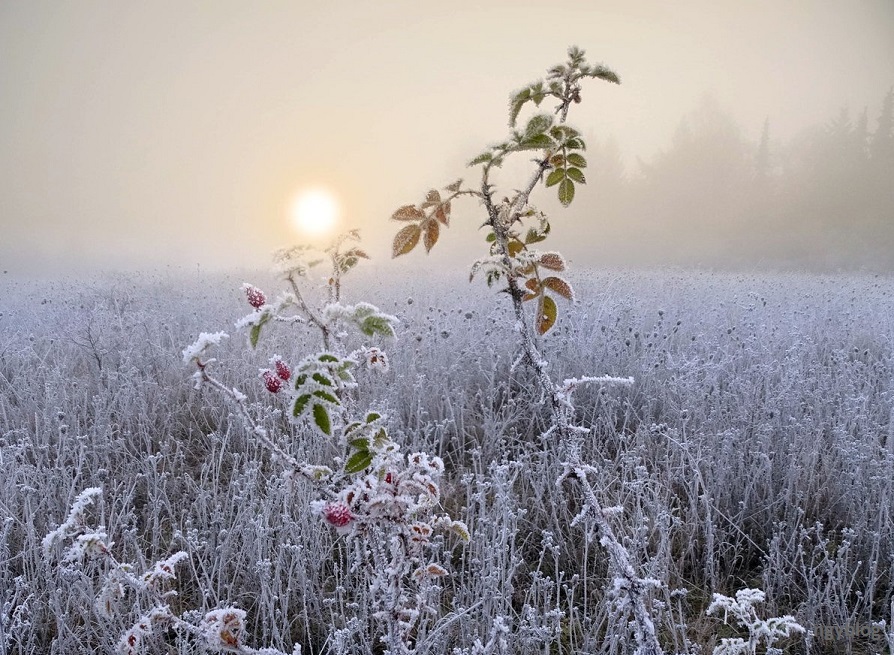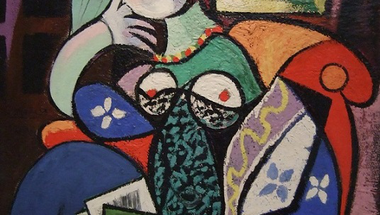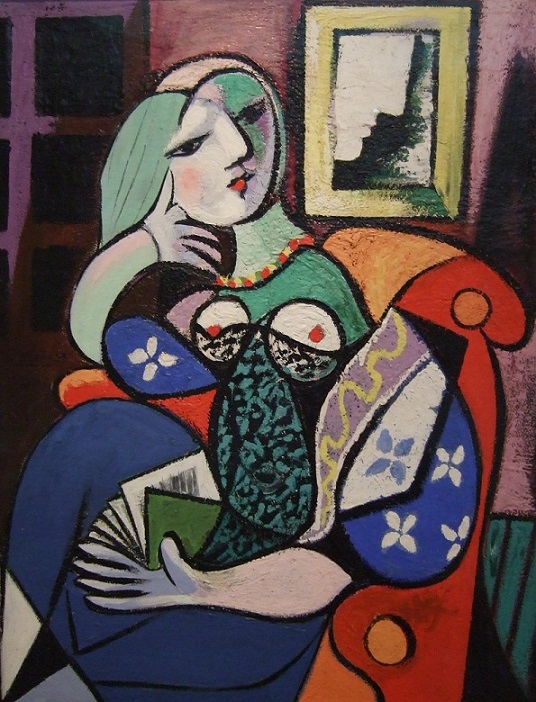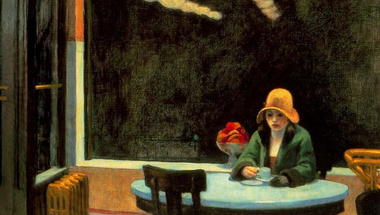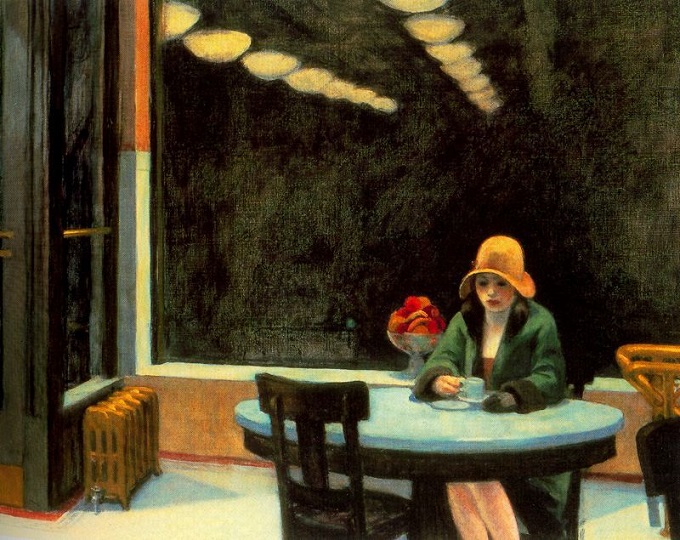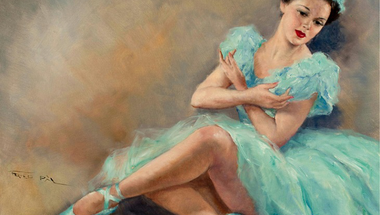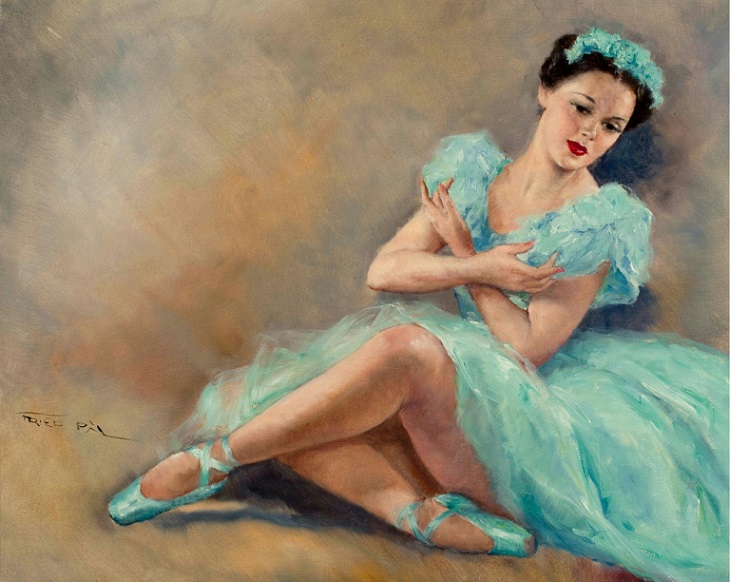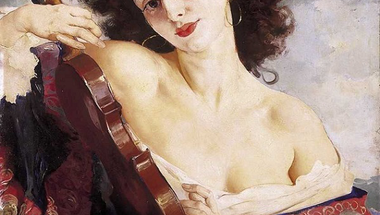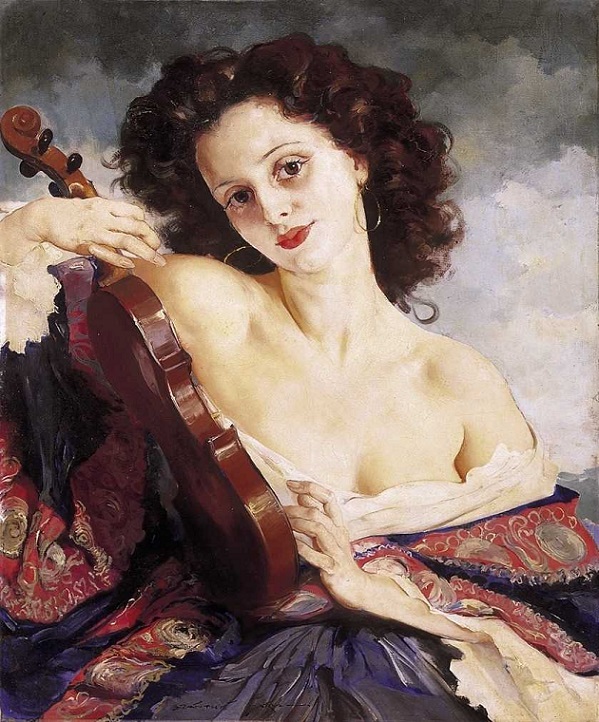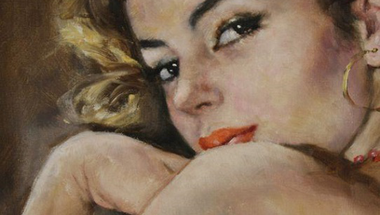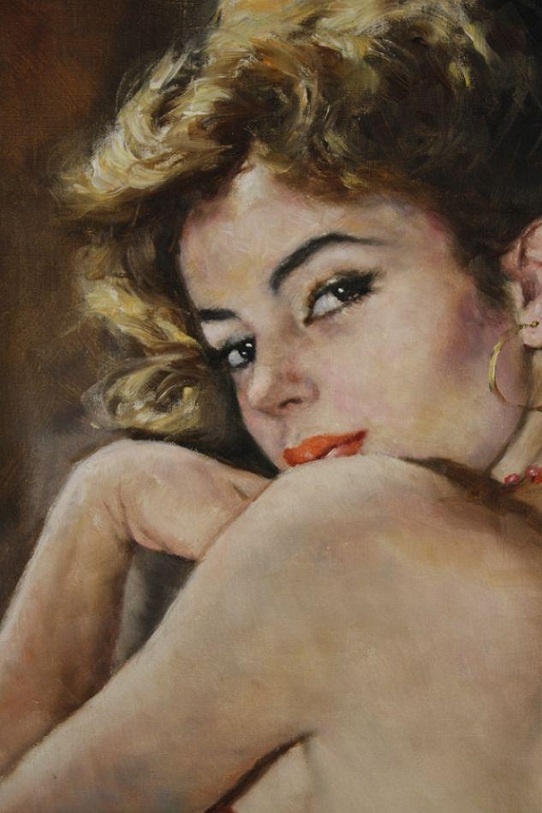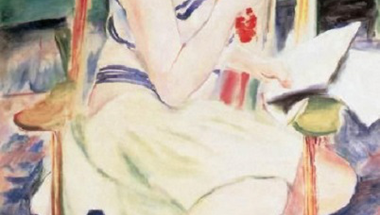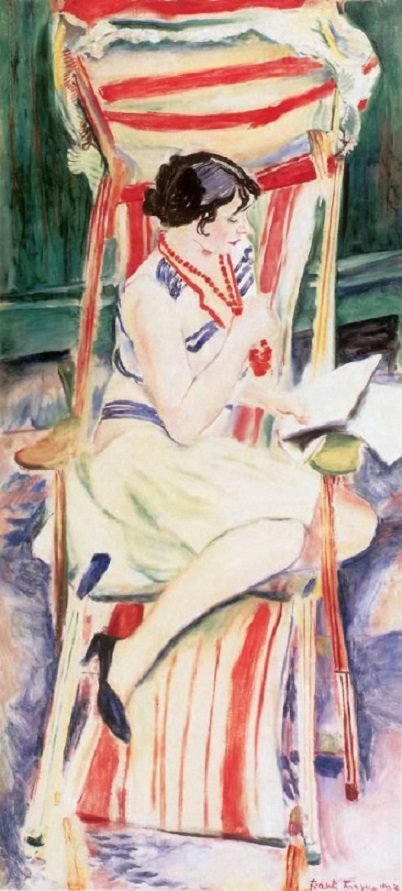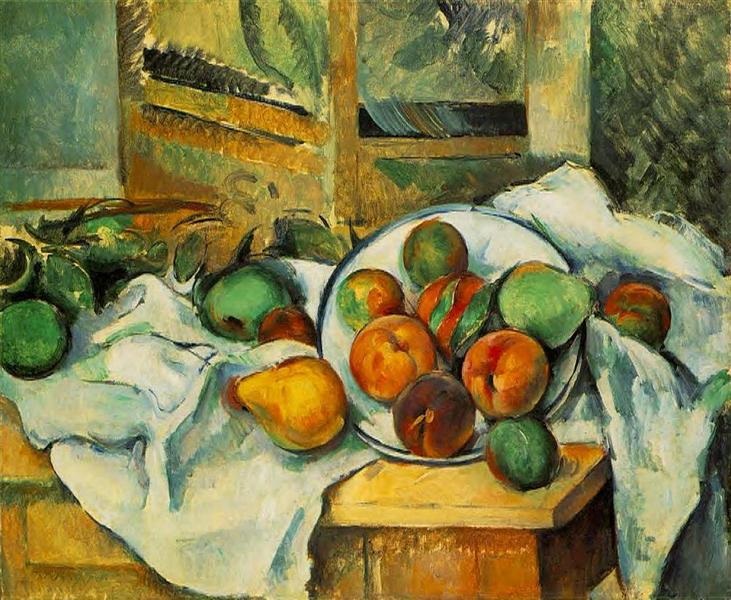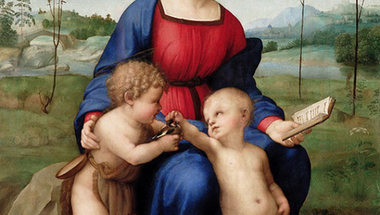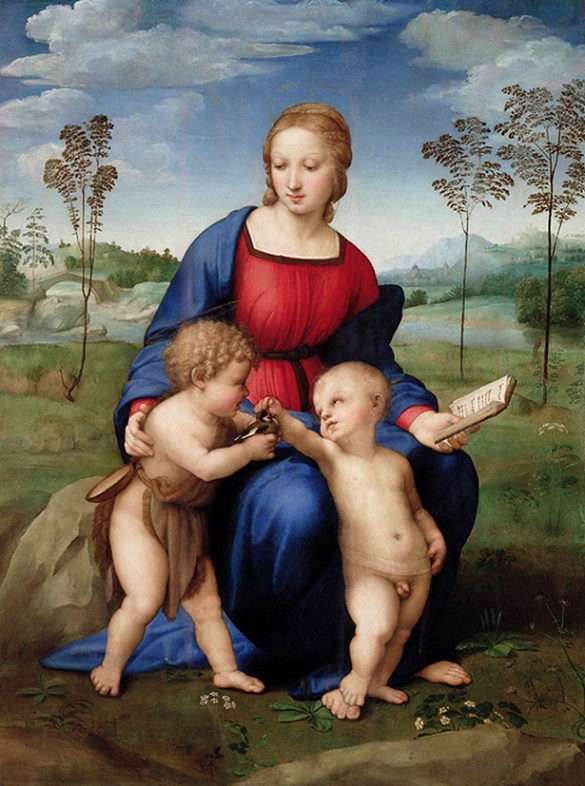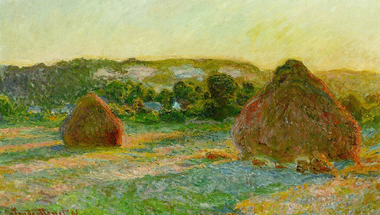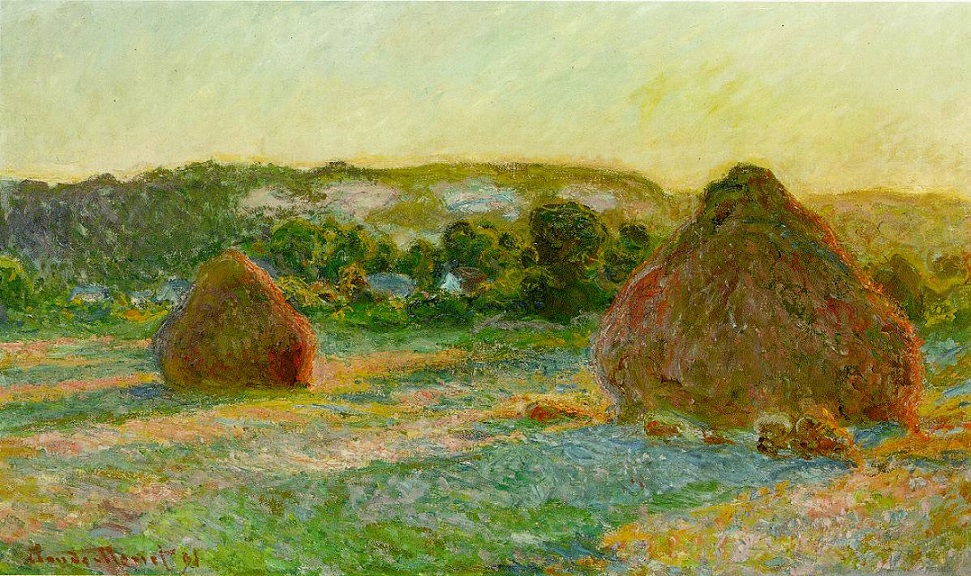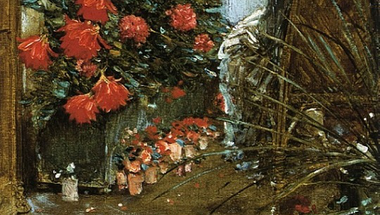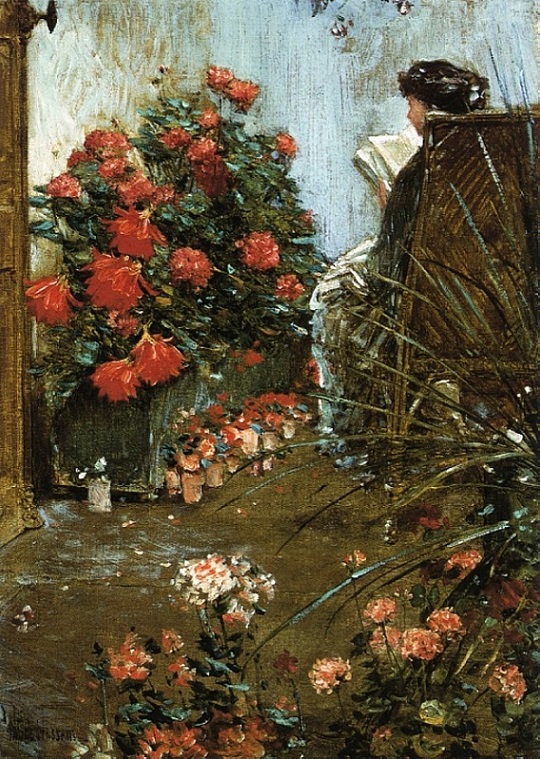Henri Charles Manguin (French, 1874–1949): The Nap (The Rocking Chair, Jeanne), c. 1905 (Oil on canvas, Villa Flora, Winterthur, Switzerland) - Manguin, along with Henri Matisse, André Derain, Maurice de Vlaminck, Albert Marquet and Charles Camoin, was a founder and early exponent of the Fauve movement. He had been close friends with Camoin, Matisse, and Marquet since 1895 when they were students of Gustave Moreau at the Ecole des Beaux-Arts. Their camaraderie and shared theoretical philosophy contributed to the momentous joint impact of their pioneering canvases when they were first shown to the public… In 1905, Manguin, Marquet and Camoin took up residence in Saint-Tropez while Matisse traveled east along the coast to Collioure, where they all experimented with brilliantly colored canvases. In the fall of 1905, Manguin exhibited five of these paintings alongside works by his friends in the notorious Room VII--the cage aux fauves--at the Paris Salon d'Automne…
